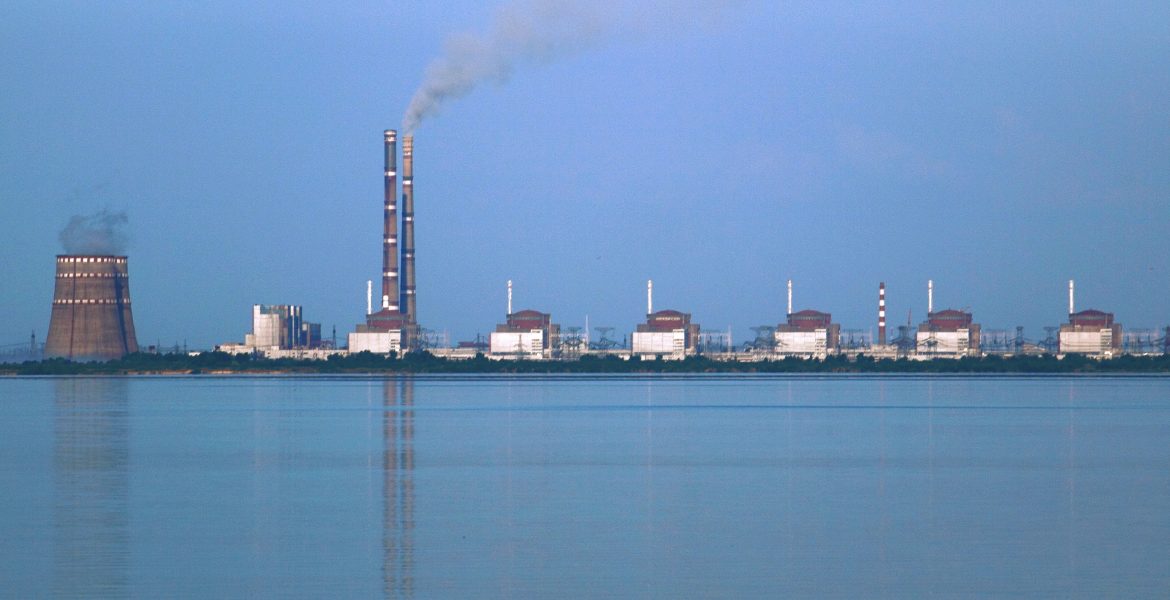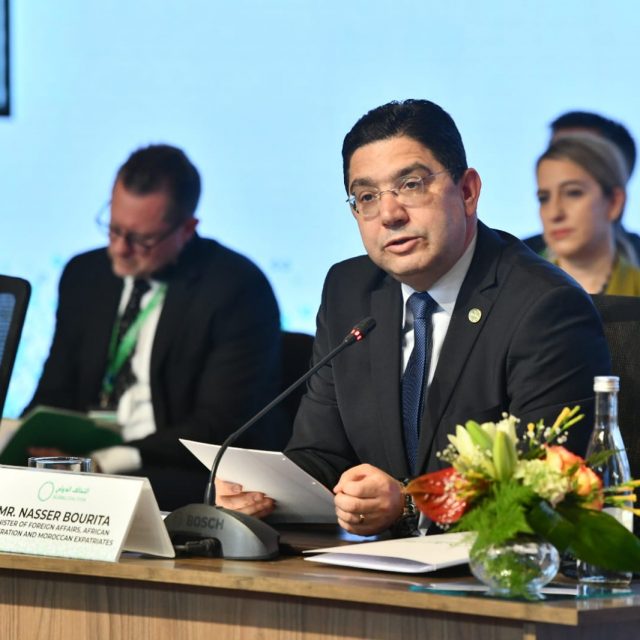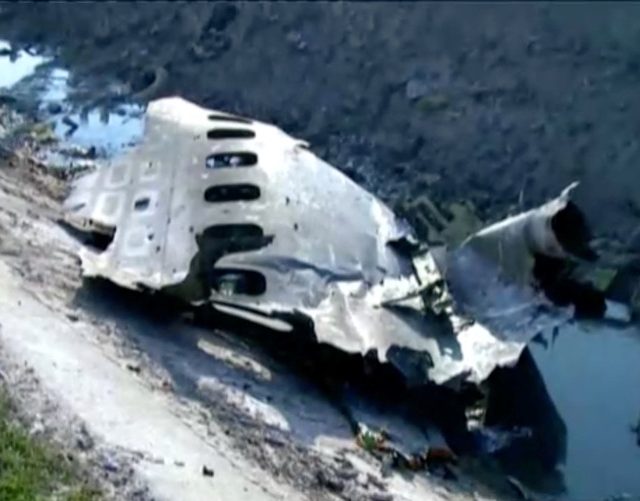What do you do with infrastructure that your invading army has seized? In early March, the Russians captured the Zaporizhzhia nuclear power plant (ZNPP). This is the largest nuclear power plant in Europe which has six reactors with a total capacity of 6 GW.
Despite being captured and having interim curator managers sent from the Russian company Rosatom, ZNPP continues to work in the power system of Ukraine but at minimal capacity. Four of the six units are shut down and kept in reserve, and those in operation provide pumps to cool the core of all reactors. 11 thousand specialists continue to work at the station.
The occupiers are generating various ideas about what to do with ZNPP: supply electricity to Crimea, sell it to the Ukrainian government, or stop it.
On May 18, the Gauleiter of Crimea Aksonov spoke about plans to restore the pylons of power lines, which were damaged in 2015, to supply electricity from ZNPP.
Occupied Crimea is synchronised with the Russian power system. But ZNPP is a part of Ukraine’s energy system that is synchronised with the European ENTSO-E system. Therefore, there is no physical possibility to supply electricity from the nuclear power plant to the Crimean peninsula, or to Russia. Also, the frequency at which the Russian power system operates does not coincide with the frequency of the Ukrainian power system in which ZNPP is located.
There is not even a ZNPP-Crimea power line. In a nutshell, the occupied NPP cannot be connected to the occupied Crimean peninsula by direct network infrastructure.
It would take at least 10 years to build a separate line from ZNPP to Crimea or occupied Donbass, taking into account sanctions on the supply of technology and the scale of Russian corruption, according to Ukrenergo head Volodymyr Kudrytsky. Such a project would cost hundreds of millions of euros.
At the end of 2020, a 750-kilovolt overhead transmission line was launched in Ukraine, Zaporizhzhia NPP – Kakhovka Substation, which allowed Zaporizhzhia Nuclear Power Plant to produce a total capacity of 6 GW and which connected this NPP with Kyiv. The construction of the line took more than 5 years.
In addition, the volume of electricity consumption in Crimea is the capacity of one ZNPP unit, so the hypothetical operation of the station only for the needs of the Crimean peninsula would simply not be unprofitable.
It is technically possible to shut down all six units of the station, but this is dangerous, because the station’s electricity is needed to operate pumps that cool the reactor cores.
If the operation of the units is stopped, the cooling pumps will have to be supplied with electricity from the Ukrainian power system, or emergency diesel generators, which would generate the risk of nuclear catastrophe due to possible problems with generators and fuel supplies for them.




